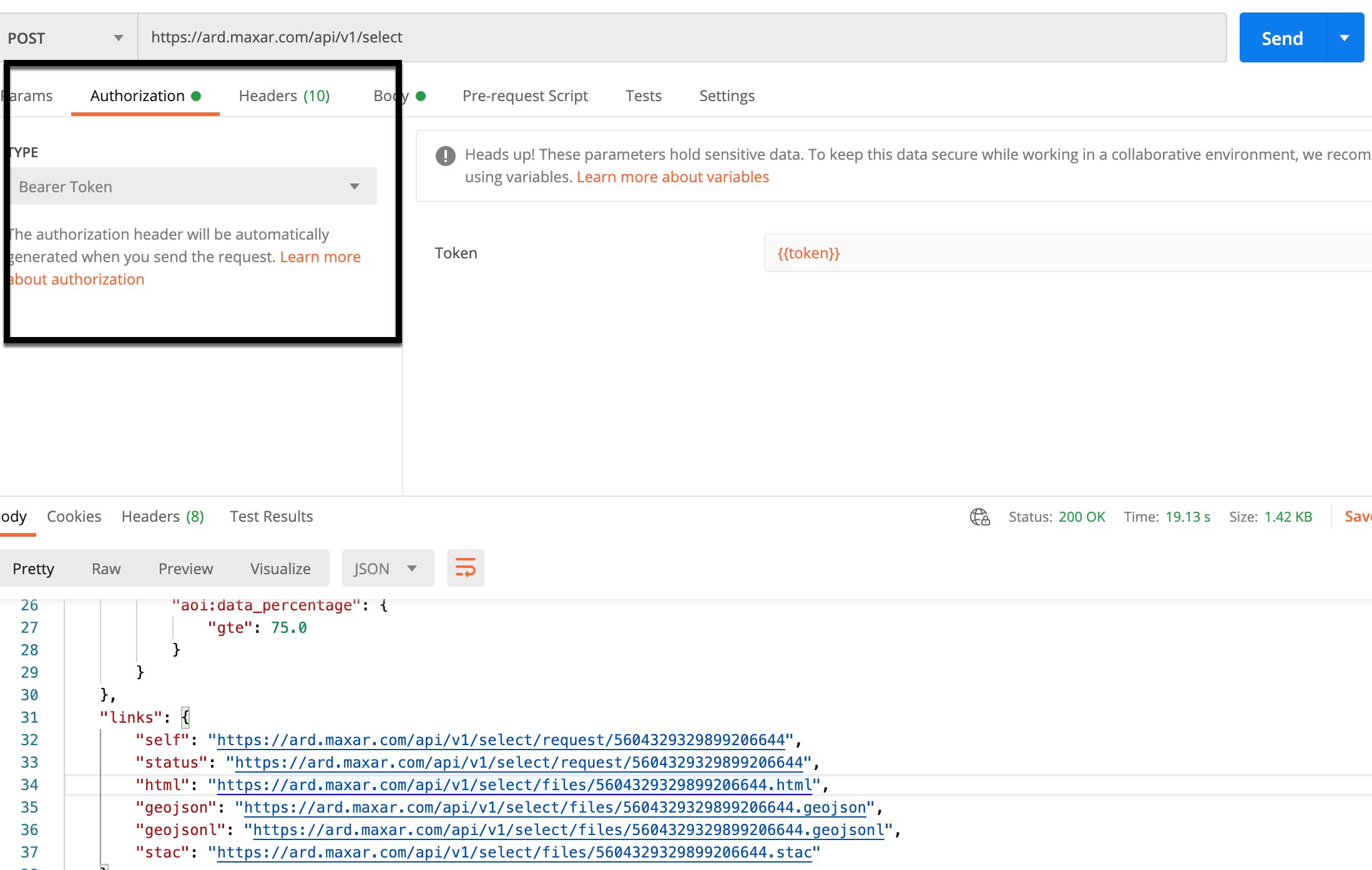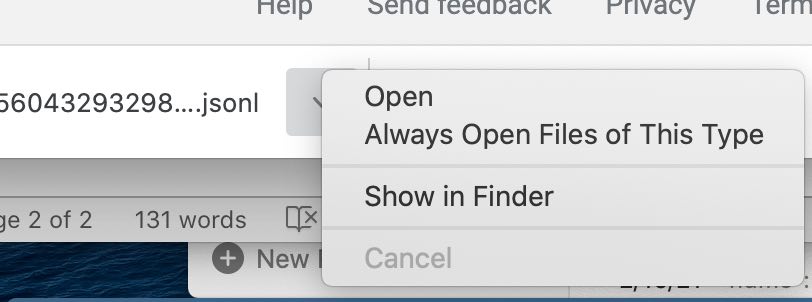Frequently Asked Questions¶
Last Updated: March 2, 2022
This FAQ is updated frequently, based on feedback from our customers and our Technical Support team. If you don't find the answer you're looking here, contact ARD Support for help.
ARD access¶
Q. I got the Welcome email, and I'm trying to use the temporary credentials to log in and change my password. I copied and pasted the temporary password to the form, but it says it's invalid.¶
Some email clients add hidden characters when content is copied. That means when you paste the password into the form, the hidden characters are added to the password, making it invalid. To work around this, you can use one of the following shortcuts to paste without the extra characters:
Windows shortcut: Ctrl + Shift + V instead of Ctrl + V
Mac shortcut: Option + Shift + Command + V instead of Command + V
Another alternative is to open the email in a web-based program such as Outlook Web Access or GMail.
Q. How do I reset my password?¶
To reset your password, enter your email address into the ARD password form.
Account Management¶
Q. We've had some personnel changes, and I need to update the users our account. How do I do that?¶
Our Support team can take care of this for you. Email ARD Support with the first and last names and email addresses, and state whether they should be added or removed.
Selecting imagery¶
Q. How does ARD select the "best matched" images for my request?¶
How we Select "Best Matched" Images
When a “select” request is submitted, we look for images that match all of the criteria submitted in the request. We use a ranking system to determine the best images to include in the stack. The stack depth value is set in the selection request. The default stack depth is five images.
Only the following operators are considered when ranking results:
| operator | definition |
|---|---|
| lt | less than |
| lte | less than or equal to |
| gt | greater than |
| gte | greater than or equal to |
First, we calculate the score of each parameter by looking at the difference between the criteria value in the request and the tile record value, which is listed in its metadata. For example, if the selection criteria for cloud free percentage is “greater than or equal to 85.0” and the tile record value is 99.0, the difference is 14. In this document, we refer to this difference value as the “score.“
Then, we add the score for each parameter together to create a total score for the image. Results are sorted in ranked order from highest to lowest.
Q. Are some query parameters given higher priority than others? For example, is cloud free percentage more or less important than off nadir?¶
A. Query parameters are not given a priority. Only the ranking system described above is used to determine best match.
Q. How many decimals places are used in calculating the score for a parameter?¶
A. Scores are not rounded. We use all of the decimal places for a value that are provided in the image metadata for comparison.
Q. What happens if there is one spot left in the stack, but there are multiple images with the same weight value competing to fill that spot?¶
A. If two or more images have the same weight value and are competing for one spot in the stack, the image with the most recent acquisition date will win.
Q. What geometry types are accepted for the "intersects" field?
The "intersects" field accepts a polygon or multipolygon geometry in WKT or GeoJSON format. Not that the GeoJSON must be a geometry. Feature collections are not a valid input.
To see examples of bounding box, WKT, and GeoJSON geometry inputs in a select request, see Area of Interest (AOI) Examples and Guidelines.
Q. How do I download and open a file from the "select imagery" response?¶
To download and open a file from the “select” response, you must have a signed URL. A signed URL includes authentication information in the path.
Python SDK instructions for obtaining a signed URL¶
CLI instructions for obtaining a signed URL¶
Postman instructions for obtaining a signed URL:¶
1. From the “select” response body, click the link for the file you want to download or open.¶
2. Select the “authorization” tab and change the menu option to “Bearer Token.”¶

3. Click “Send.”¶
The resulting download link is a signed URL that has a duration of 3600 seconds (one hour). If the link expires before you get a chance to use it, you can regenerate it following the steps above.
4. Copy the download URL from the response body, or click it and then copy it from the URL field.¶

5. Paste the link in your browser and then press enter.¶
Once the file is open, it will appear as a downloaded file at the bottom of the screen. In the Safari browser, you can access it from the “downloads” shortcut in the application dock.

For the html file, we recommend you choose “Always Open Files of This Type.”
The html file has been verified on recent versions of the following browsers: Google, Microsoft Edge, Firefox, and Safari. If you have any issues viewing this file, please contact Maxar ARD Support.
Ordering ARD imagery¶
Q. How do I find the "select" ID so I can use it to place an order?¶
When a "select" request is made to select ARD imagery, the response includes an ID.
Example excerpt from a "select" response:
200 OK
{
"id": "5578320333975917612",
"state": "SUCCEEDED",
"request_details": "[the original details of the query ... ]""
}
Q. I want to order imagery using a select ID from a couple of weeks ago. Can I do that?¶
Once you've selected ARD imagery, you can order it using the select ID for approximately 90 days. After that, the data is removed from the ARD system. Keep in mind that the usage and imagery age data in your select response shows usage up to that point in time, and may be out of date if you order imagery later.
For example:
- If you or someone in your account placed an order after your selection was made, the available sq kms data will no longer be accurate.
- Imagery you selected will have aged and may fall into a different age category by the time you order.
Working with ARD imagery¶
How do I calculate surface reflectance?¶
Surface reflectance is the ratio of the light reflected off a surface to the light received by it, and therefore ranges between zero and one.
0 = 0% light reflected 1 = 100% reflected
This value is scaled by a factor of 10000 and stored in a 16-bit integer . To calculate surface reflectance, divide the value by 10,000.
For example, if a pixel value is 8654:
8654/10000 = 0.8654